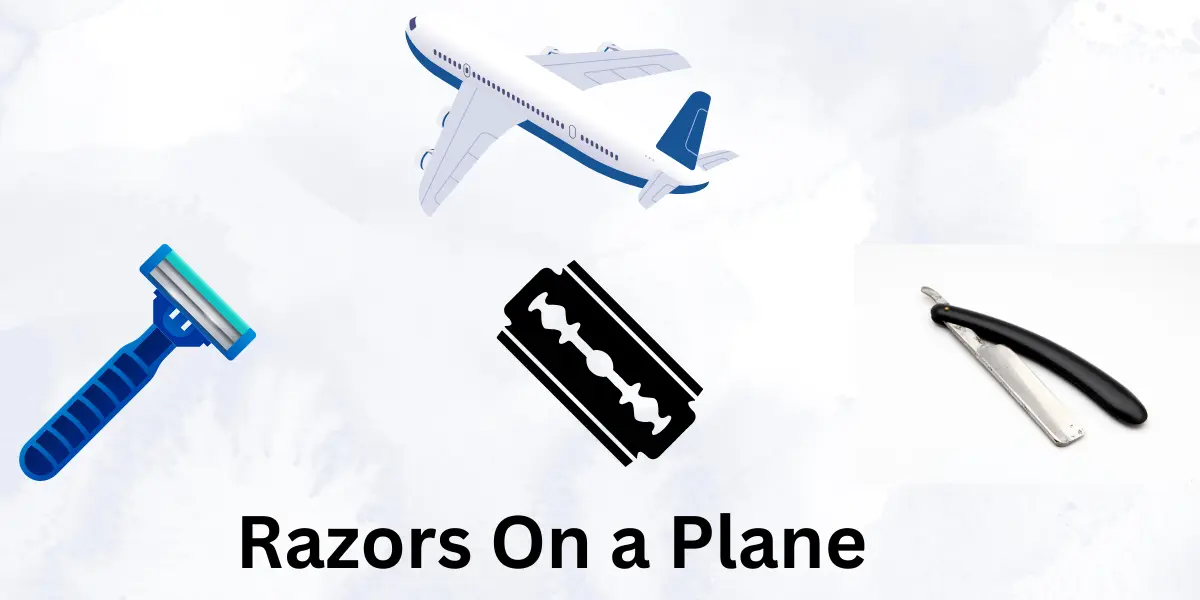Fly with Musical Instruments: Smooth Travels or Security Concerns?
Published: 17 Jan 2025
You might feel scary if you want to fly with musical instruments. Will your precious guitar stay safe? Will TSA handle your flute with care? For musicians, instruments are more than just tools—they’re lifelong friends, full of emotional and financial value.

The good news is, that you can make your trip stress-free with the right planning. By learning airline rules and following a few simple tips, you can protect your instrument and enjoy smooth travels. This guide will help you prepare for your journey and keep your beloved instrument safe along the way.
How to Carry a Guitar on Flights: International and Domestic
Flying with a guitar, whether internationally or domestically, requires careful preparation to ensure your instrument stays safe. While the general rules are similar, there are some key differences to consider.
1. Understanding Airline Policies
- International Flights: Airlines often have stricter size and weight restrictions for carry-ons. Check your airline’s policy before booking to see if they allow guitars as part of the cabin baggage. Some airlines may charge extra fees for oversized items.
- Domestic Flights: Domestic airlines tend to be more flexible, but it’s still essential to confirm the carry-on dimensions and weight limits. Policies can vary between airlines, so always double-check.
2. Choosing the Right Travel Case
- Invest in a high-quality hard-shell case or a padded gig bag for added protection. For international flights, a TSA-approved case is recommended to make security checks smoother.
- Ensure the case fits snugly around your guitar to prevent movement during transit.
3. Carry-On vs. Checked Baggage
- Carry-On: Always aim to carry your guitar into the cabin if possible. Politely ask flight attendants for assistance in placing it in an overhead bin or a closet.
- Checked Baggage: If you must check your guitar, make sure it’s in a sturdy, well-padded case. Loosen the strings to reduce tension and label the case as “Fragile.”
4. Tips to Avoid Damage
- Add extra padding inside the case to protect delicate parts like the neck and headstock.
- Use a humidifier in the case of long-haul flights to prevent the wood from drying out.
- For domestic flights with layovers, handle the guitar yourself whenever possible to minimize the risk of mishandling.
How to Carry a Guitar on a Domestic/International Flight
Guitars are often allowed as carry-ons if they meet size and weight limits. Heavy or oversized guitars may need to be checked in. Contact the airline in advance for details.
1. Airline Policies:
- Know airline policies and inform them in advance about your guitar. It will enable you to prepare yourself as per the airline’s policies and make your travel hassle-free.
2. Preparation:
- Use a hard-shell TSA-approved case with extra padding.
- Loosen the strings to reduce tension.
- Label the case as “Fragile” for checked baggage.
3. Carry-On vs. Checked Baggage:
- If allowed, store the guitar in an overhead bin or a closet.
- For check-in, ensure the guitar is well-protected and follow airline guidelines.
4. Additional Tips:
- Notify the airline early about your guitar.
- Consider buying an extra seat for valuable instruments.
Flying with a Violin
Violins are small enough and can be carried in carry-on luggage. However, some airlines might deal with it differently especially if your violin is made of hard substance like iron or hard wooden material. Therefore, it is advisable to contact your airline and learn its policies about carrying violin on a plane.
- Compact Case Advantage: Use a compact, durable case that complies with carry-on dimensions. Many violinists also add extra padding or bubble wrap for additional protection.
- Keep It With You: Never check a violin if you can avoid it. The delicate nature of the instrument makes it susceptible to damage under extreme temperatures or rough handling.
- Communicate Clearly: Inform the airline in advance that you’ll be traveling with a violin. Most carriers are accommodating as long as you notify them ahead of time.
Can You Bring a Flute on a Plane?
Flutes are among the easiest instruments to travel with due to their compact size.
- TSA Guidelines: According to TSA regulations, flutes are allowed in carry-on baggage. Make sure your flute case fits securely inside your hand luggage or a personal bag.
- Protective Storage: Even though flutes are small, a sturdy case with a padded interior will shield it from any jolts or accidental drops.
- Ease at Security: Since flutes don’t raise alarms during security checks, you can expect minimal delays at the screening process.
Can I Bring My Saxophone on a Plane?
Saxophones are larger than flutes but still manageable as carry-on items under certain circumstances.
- Measure Your Case: Ensure your saxophone case adheres to the airline’s carry-on size restrictions. Tenor and baritone saxophones may require checking in.
- Avoid Overpacking: Limit other carry-on items to give your saxophone priority space.
- Travel-Friendly Cases: Look for molded cases that distribute pressure evenly, reducing the risk of bent keys or other damage.
Flying with a Trumpet
Trumpets are relatively compact brass instruments, making them less of a hassle to travel with.
- Carry-On Convenience: Most airlines allow trumpets as carry-on items, provided they fit in overhead bins.
- Wrap It Up: Use a case with added foam or padding. Some musicians even wrap a layer of cloth around the trumpet for extra cushioning.
- Secure Small Accessories: Remove items like mouthpieces and mutes, storing them separately to prevent them from scratching the trumpet during transit.
General Tips for Flying with Musical Instruments
Regardless of your instrument, the following tips will help make your journey smooth:
- Research Policies: Every airline has unique rules for musical instruments. Check their website or call customer service for clarity.
- Get Insurance: Accidents happen. Insuring your instrument ensures you’re financially protected in case of damage or loss.
- Label Your Case: Attach clear labels with your name, contact information, and “Fragile” stickers to prevent mishandling.
- Plan Ahead: Arrive early at the airport to avoid delays during security checks or boarding.
Final Remarks
Traveling with musical instruments doesn’t have to be stressful. With the right preparation, you can ensure your instrument arrives safely and ready to play. Whether it’s a guitar, flute, or trumpet, understanding airline policies and investing in protective gear can make all the difference. Now that you’re armed with these tips, go ahead and book that ticket—you and your instrument have a flight to catch!
FAQs
- How do I avoid extra baggage fees for musical instruments?
Airlines have strict weight policies. If your luggage exceeds the allowed limit, you have to pay extra baggage fees. Therefore, research airline policies in advance and opt for carry-on whenever possible to avoid additional costs. - Are hard cases necessary for every instrument?
The airlines do not require you to take every musical instrument in a hard case. However, hard cases offer the best protection, especially for larger or more delicate instruments. - Can I bring multiple instruments on the same flight?
Yes, you can bring multiple instruments on the same flight. However, instruments should meet the size and weight allowed by the concerned airline. - What do I do if my instrument is damaged during a flight?
Report the damage to the airline immediately and file a claim. Instrument insurance can also help cover repair costs. - Is it better to check or carry on my instrument?
Carry-on is usually safer for smaller instruments, while larger ones may require checking in with proper preparation.

- Be Respectful
- Stay Relevant
- Stay Positive
- True Feedback
- Encourage Discussion
- Avoid Spamming
- No Fake News
- Don't Copy-Paste
- No Personal Attacks

- Be Respectful
- Stay Relevant
- Stay Positive
- True Feedback
- Encourage Discussion
- Avoid Spamming
- No Fake News
- Don't Copy-Paste
- No Personal Attacks





